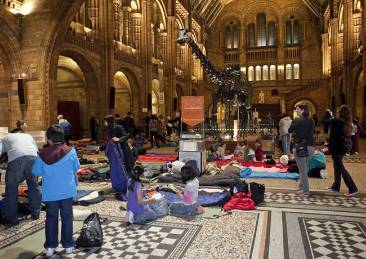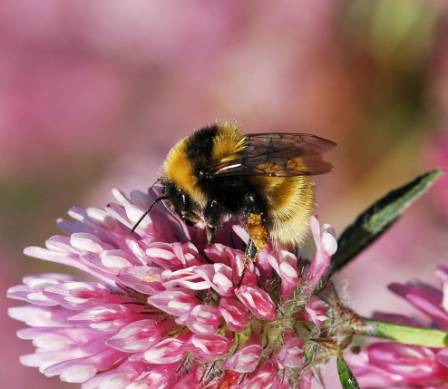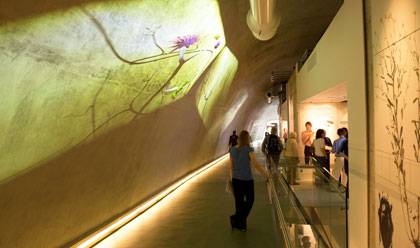On Friday 24 September, 2 weeks from now, we are planning our biggest-ever after hours event, Science Uncovered. It promises to be an amazing science festival and more.

The Museum opens its doors until 22.00 on Friday 24 September for its biggest-ever After Hours
If you've ever wanted to visit the Museum for an evening drink and never quite made it, this is the night you should come.
As well as being a historic, atmospheric venue for Friday night drinks, it's the perfect event to recapture your first vivid Museum encounters as a child, like T.rex and the blue whale. As well as discover new treasures and the latest scientific and natural history research going on behind the scenes.
The event is free and the Museum's doors will stay open until 22.00. Although it's mainly for adults, there are earlier family events and shows starting about 16.00 in the afternoon. Science Uncovered is part of European Researchers' Night happening across Europe, so on the night there will be over 200 cities in Europe having their own celebrations.
You'll find all the details of the event on our Science Uncovered website. But in a nutshell here's what's happening:
We'll have 3 bars open, 26 exclusive Museum tours you can join, 9 science stations around the Central Hall to stop by and meet scientists and explore 'star' specimens, 5 special nature talks in the Darwin Centre Attenborough Studio and a Natural History Roadshow in Dinosaur Way.
Over 50 of our scientists and curators are your friendly hosts throughout the evening.
In the next 2 weeks you'll be hearing more about the exciting and inspiring things to enjoy on the night.
One of the special attractions of our big event is The Science Bar in the Central Hall Cafe. Here you can join scientists for a drink at tables, in an informal atmosphere, and chat about hot science topics listed on the menu cards at the tables. You'll also be able to chat with scientists face-to-face at a variety of science stations that you'll find around the Central Hall and in the Darwin Centre and Fossil Way.
Before you come, maybe think about some questions you've always wanted to ask a scientist or curator. This is your chance to ask them face to face. But don't worry if you haven't got any questions, the night is for you to enjoy the galleries and listen in too.
Here are just a few of the scientists you may bump into during the evening.

At the Science Bar. L to r: Roland Jenner, zoologist, on 'Is science noble?'. Karen James, botanist, on 'What stops women in science?'. Paul Taylor, palaeontologist, on 'Are we in the midst of a mass extinction?' Amoret Whitaker, forensic entomologist, on 'Would you donate your body to a body farm?'
Face to Face science stations. L to r: Richard Sabin, mammals curator, zoology station. Sandy Knapp, botanist, botany station. Eva Valsami-Jones, nanosciences researcher, European Researchers' station. Mike Rumsey, mineralogist, mineralogy station.
Museum tours. L to r: Alan Hart, mineralogist, The Vault gallery. Susie Maidment, palaeontology researcher, Dinosaurs torchlit tour. Roberto Miguez, zoologist, Whale Hall tour. Alex Martin, science lab manager, DNA lab tour.
Scientists talks. L to r: Jon Ablett, zoology curator, The Giant Squid. Heather Bonney, human remains palaeontologist, A Body of Evidence. Geoff Boxshall, zoologist, Life in the Oceans. Adrian Glover, marine biologist, Mysteries of the Deep.











